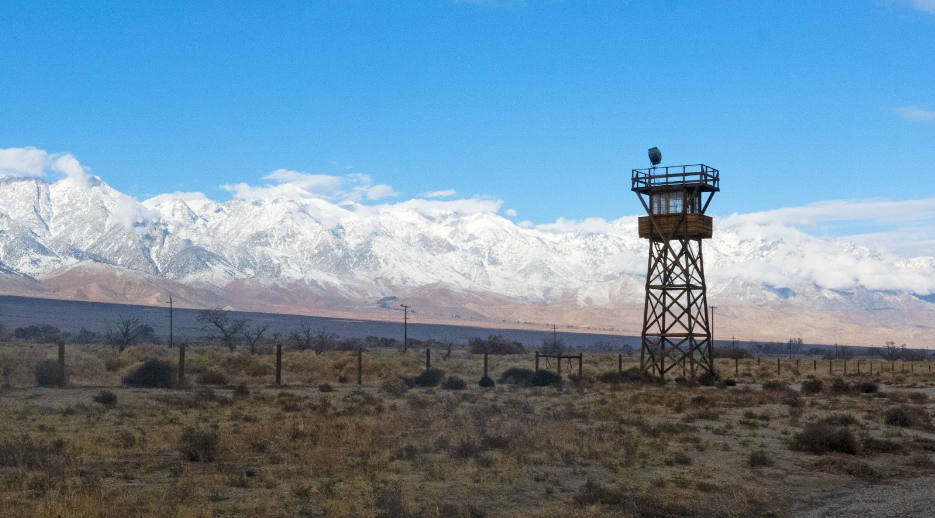
Manzanar, Diverted When Water Becomes Dust Lesson Plan | Resistance & Coalition Building for Environmental Justice
At a glance
Film summary
Introduction
This lesson provides a critical framework for understanding and analyzing the historical human-environment interactions related to forced removals, specifically at Manzanar and Payahuunadü. Understanding this history will provide a foundation to identify and analyze the forms of resistance like nature, joy and humor.
This lesson looks to the past so that students can take action for social and environmental justice in the present. Students will make connections to the environmental justice movement and will learn about the Principles of Environmental Justice and the Principles of Working Together. Students will then directly apply and utilize research skills and community knowledge to begin to build environmental and climate justice campaigns as a culminating project. The lesson is interdisciplinary, and can be completed over three to four 45-minute class periods with optional homework in between.
Contributor
Kimi Waite is yonsei fourth generation Japanese American and has received awards for her work in environmental education and social studies education. She is a public voices fellow on the climate crisis with The OpEd Project and the Yale Program on Climate Change Communication and has written about the intersections of race, education, and environmental justice for publications such as Ms. Magazine, Rethinking Schools, Grist, Cal Matters, The San Diego Union-Tribune, San Francisco Chronicle, and The Progressive. Kimi is a Civics Environmental Education Fellow with the North American Association for Environmental Education. She has an M.Ed. from UCLA and is currently a Ph.D. candidate in Sustainability Education at Prescott College.
 The Body Politic Discussion Guide
The Body Politic Discussion Guide  Twice Colonized Discussion Guide
Twice Colonized Discussion Guide  Chasing Time
Chasing Time  This is America
This is America